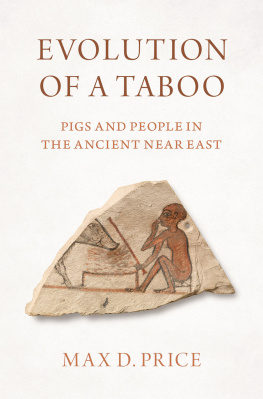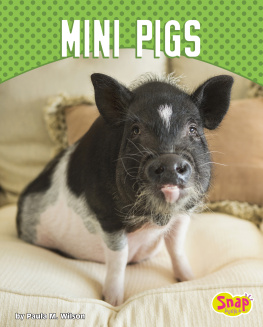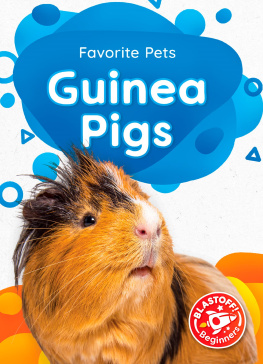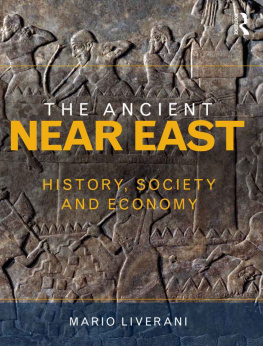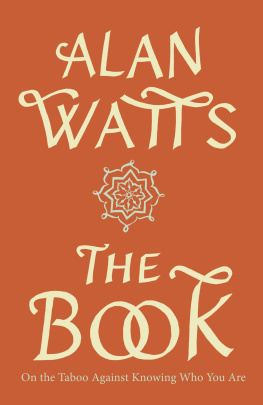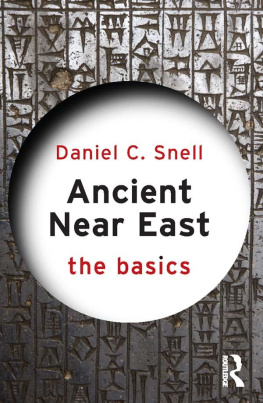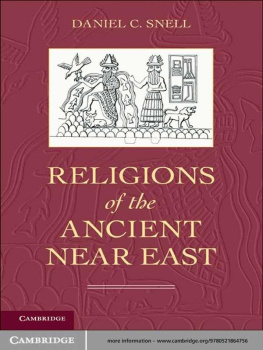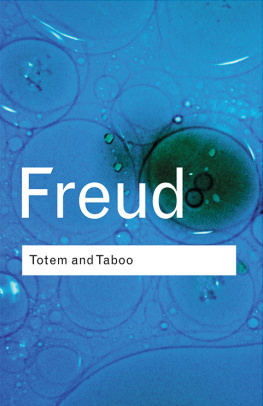Evolution of a Taboo

Oxford University Press is a department of the University of Oxford. It furthers the Universitys objective of excellence in research, scholarship, and education by publishing worldwide. Oxford is a registered trade mark of Oxford University Press in the UK and certain other countries.
Published in the United States of America by Oxford University Press
198 Madison Avenue, New York, NY 10016, United States of America.
Oxford University Press 2020
All rights reserved. No part of this publication may be reproduced, stored in a retrieval system, or transmitted, in any form or by any means, without the prior permission in writing of Oxford University Press, or as expressly permitted by law, by license, or under terms agreed with the appropriate reproduction rights organization. Inquiries concerning reproduction outside the scope of the above should be sent to the Rights Department, Oxford University Press, at the address above.
You must not circulate this work in any other form and you must impose this same condition on any acquirer.
Library of Congress Cataloging-in-Publication Data
Names: Price, Max D., author.
Title: Evolution of a taboo : pigs and people in the Ancient Near East /
Max D. Price.
Other titles: Pigs and people in the Ancient Near East
Description: New York, NY : Oxford University Press, 2020. |
Includes bibliographical references and index.
Identifiers: LCCN 2020023549 (print) | LCCN 2020023550 (ebook) |
ISBN 9780197543276 (hardback) | ISBN 9780197543290 (epub) |
ISBN 9780197543306
Subjects: LCSH: Food habitsMiddle East . | SwineMiddle EastHistoryTo 1500. |
SwineReligious aspectsJudaism. | SwineReligious aspectsIslam. | TabooMiddle East. |
Mammal remains (Archaeology)Middle East. | Middle EastAntiquities.
Classification: LCC GT2853.M628 P75 2020 (print) | LCC GT2853.M628 (ebook) |
DDC 394.1/20956dc23
LC record available at https://lccn.loc.gov/2020023549
LC ebook record available at https://lccn.loc.gov/2020023550
To my parents, for encouraging me even during my pig phases.
And to Jess, for everything else.
Contents
.
.
Data reflect ages at death reconstructed from dental eruption and wear patterns in Roman and Hellenistic occupations. Lines represent the declining probabilities that a piglet born in either phase will reach successive age classes. Data from .
.
What is it about the pig? An animal familiar and foreign, inhuman and eerily all too human. We use its name to offend those we dislike, while its fulsomest qualities encapsulate the deepest fears we harbor about ourselves. We rarely admit what we know to be true: swine are our uncanny reflections.
A sense of the uncanny has lingered around my work on pigs. My singular focus on their history in the ancient Near East has been an exercise in exploring an unusual animal within cultural contexts that seem recognizable but are ultimately unfamiliar. Rather than telling a good story, as so many others have done, my goal has been to develop a more accurate picture of the pig and the development of the taboo. I argue against single-theory explanations for pigs historical trajectory and instead explore the evolution of their cultural significance.
This book also represents a moment in a long and personal struggle with a Jewish identity that I have often held at arms lengthnot only because, from an early age, I embraced atheism, and later Marxism, but also because, as the product of a mixed marriage, I was often rejected by Judaism. Perhaps it is in an effort to understand this mutual estrangement that I have followed the rabbinic commandment and sought refuge in studybut a study of that which the rabbis have utterly rejected.
There are many people who helped this book along to publication. Some did so through their mentorship: Richard Meadow, Gil Stein, Kate Grossman, Cheryl Makarewicz, Heather Lechtman, Jason Ur, and Rowan Flad. Others contributed by reading drafts and exchanging ideas, or just chatting about pigs, Israelites, taboos, domestication, and animal husbandry: Josh Walton, Hitomi Hongo, Deirdre Fulton, Tate Paulette, Yorke Rowan, Morag Kersel, Lee Perry-Gal, Janling Fu, Canan akrlar, Nimrod Marom, Yitzchak Jaffe, Noa Corcoran-Tadd, Ari Caramanica, Bridget Alex, Bastien Varoutsikos, Jeff Dobereiner, Bridget Alex, Nat Erb-Satullo, Roz Gillis, Louise Bertini, Ben Arbuckle, Salima Ikram, Allowen Evin, Abra Spiciarich, Keith Dobney, Brian Lander, Mike Fisher, Thomas Cucchi, Ajita Patel, Mindy Zeder, Siavash Samei, Umberto Albarella, Lidar Sapir-Hen, Greger Larson, Laurent Frantz, Kathy Twiss, Jesse Wolfhagen, Naomi Sykes, Sadie Weber, Francesca Slim, Taylor Hermes, Sarah Pleuger, and Kathryn ONeil Weber. Thanks for your kindness and wisdom. Many thanks also to Stefan Vranka, my editor at Oxford University Press. I was fortunate to have two academic postings while writing this bookat MIT as a lecturer in the Department of Materials Science and Engineering and at the University of Kiel on a fellowship supported by the Alexander von Humboldt Stiftung.
And to my family, for all their patience with me throughout this project and their unwavering support, thank you.
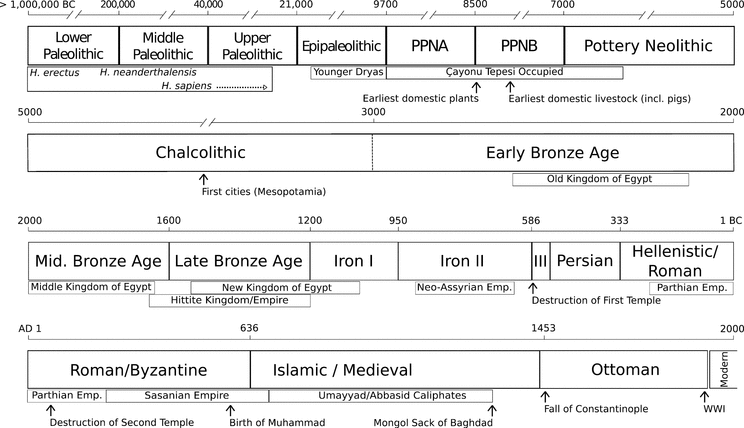
Timeline of Middle Eastern Prehistory and History
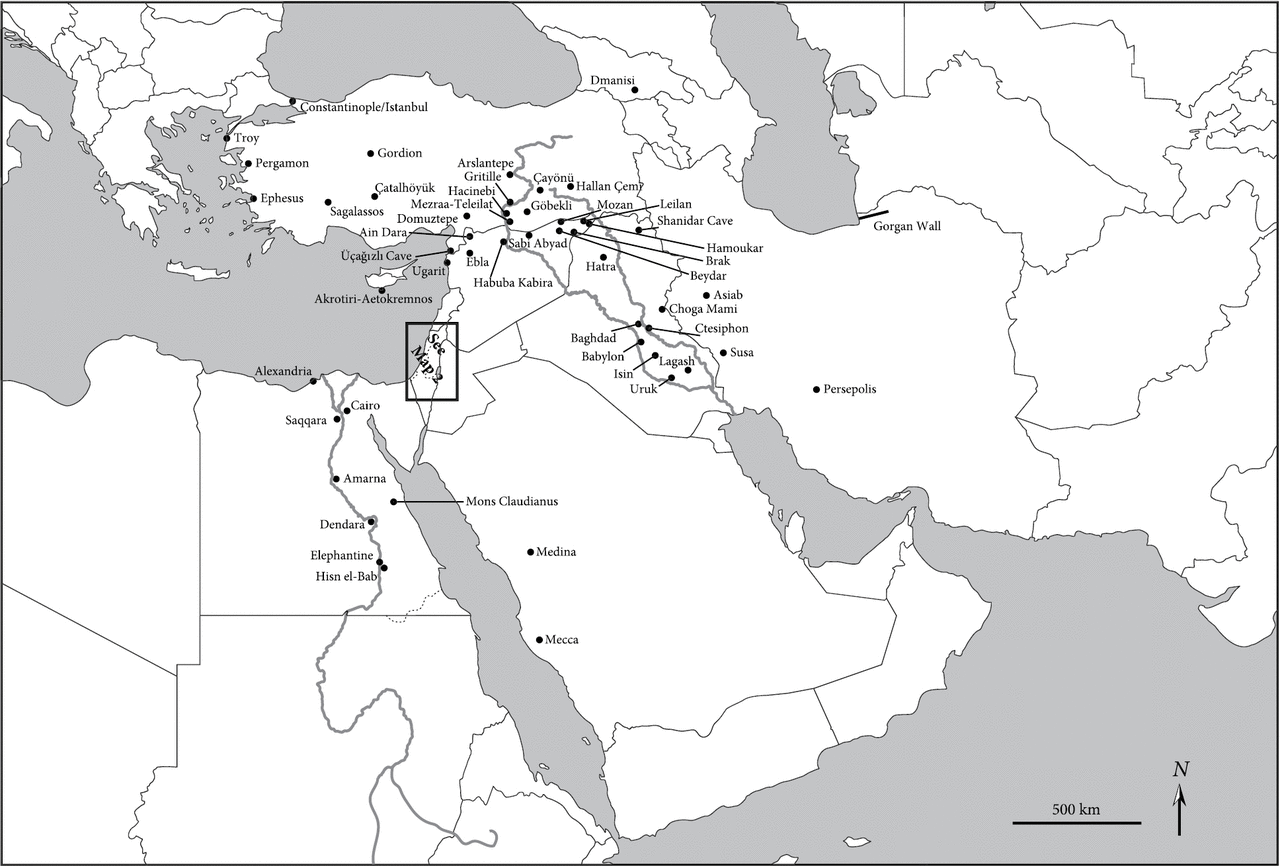
MAP 1 Map of Middle East with Sites Mentioned in Text
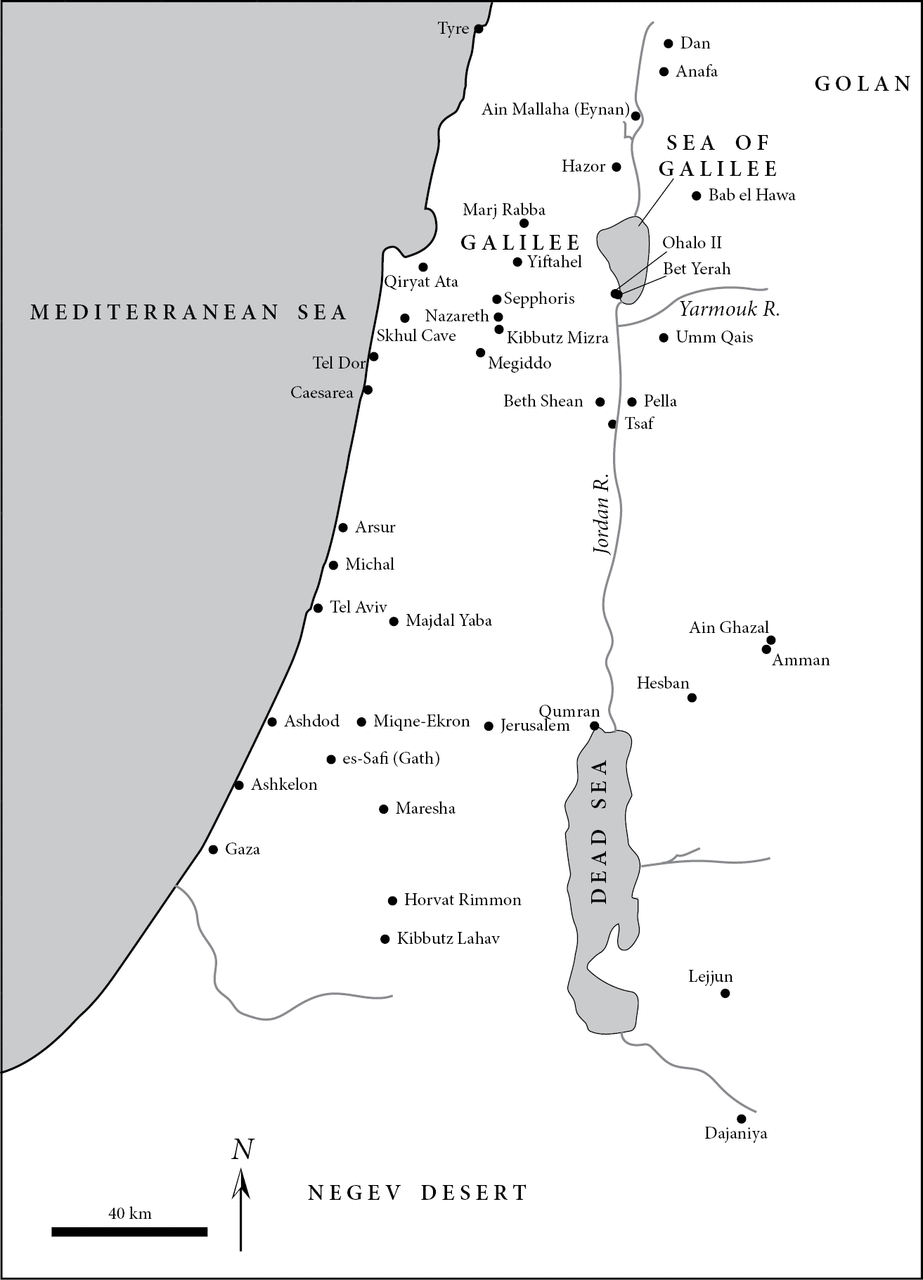
MAP 2 Map of Southern Levant with Sites Mentioned in Text
Evolution of a Taboo
In the spring of 2009, the Near East stood poised on the threshold of a regionwide crisis. In the Levant, Israel had just finished a campaign against Gaza that had cost the lives of 1,500 Palestinians, mostly civilians, and Hamas was still launching rockets into southern Israel, explicitly targeting civilians. In Mesopotamia, as the American occupation of Iraq approached its seventh year and the insurgency against it faded, its most vicious opponents began reorganizing themselves into a group that would, four years later, declare itself the Islamic State in Iraq and Syria (ISIS). In Iran, anti-government demonstrations erupted across the country to protest the reelection of President Mahmoud Ahmadinejad. And in Syria, a country held together since 1971 by a brutal Baathist regime, a multi-year drought that was likely intensified by global warming had forced hundreds of thousands of Syrian farmers from their homes. They gathered in the cities, desperately searching for income in the shadows of a global economy shattered by Wall Streets recklessness.
To add to the growing calamity, a major health crisis was developing. In what would become a dress rehearsal for the much more devastating COVID-19 pandemic a decade later, the H1N1 swine flu rapidly turned into a worldwide epidemic. Governments around the globe scrambled to prevent outbreaks. In Egypt, President Hosni Mubaraks government placed medical personnel at airports and began a campaign to vaccinate anyone traveling for the Hajj, the annual pilgrimage to Mecca.

